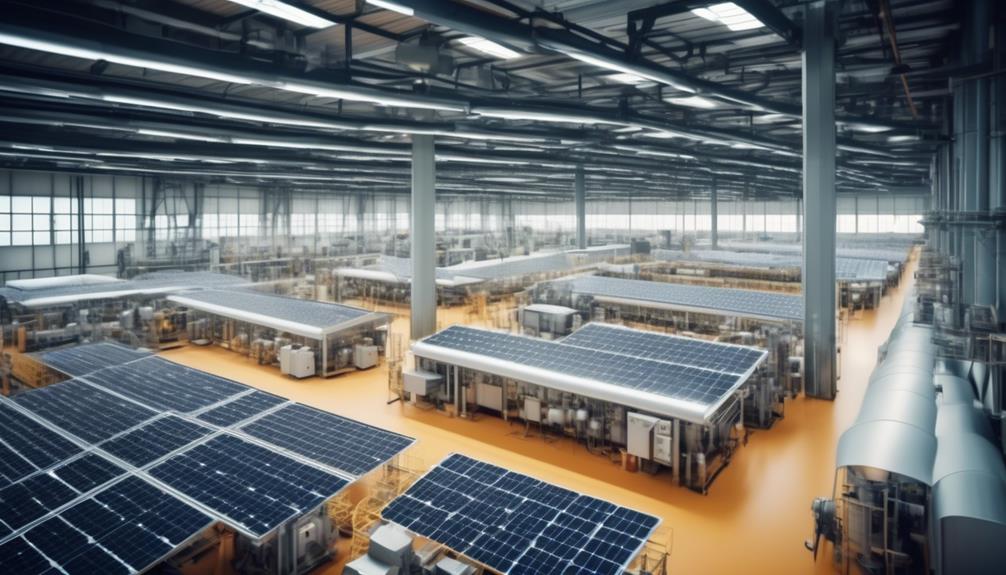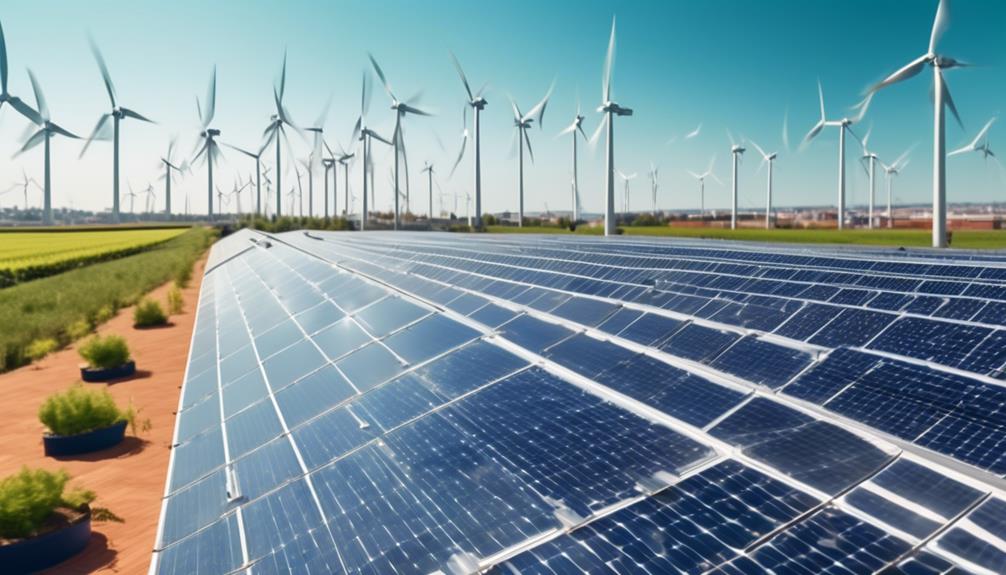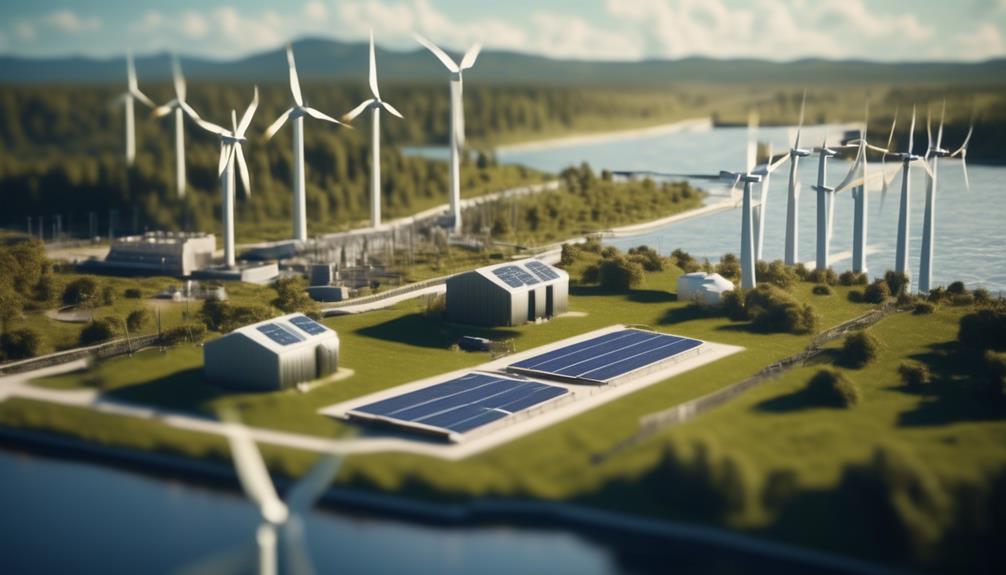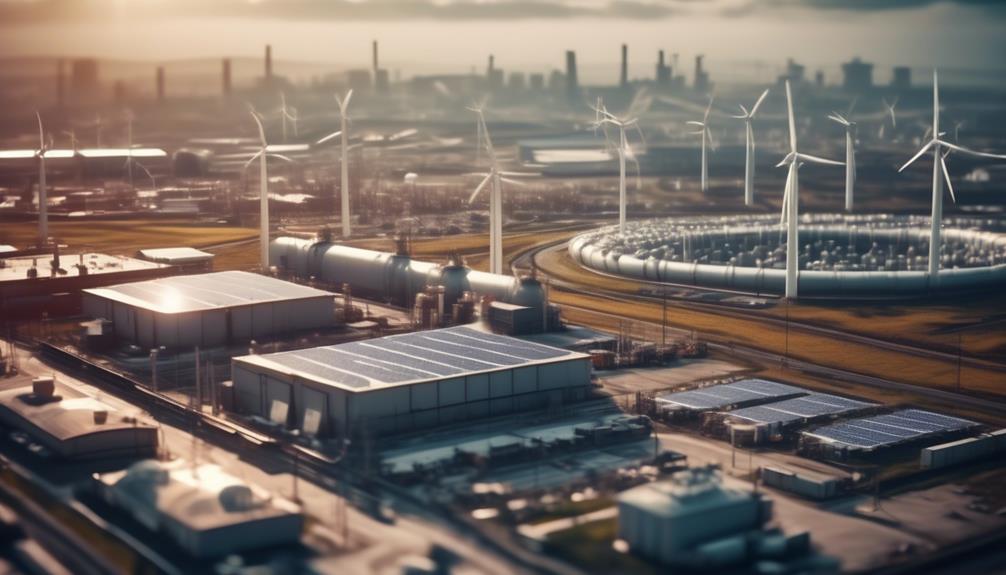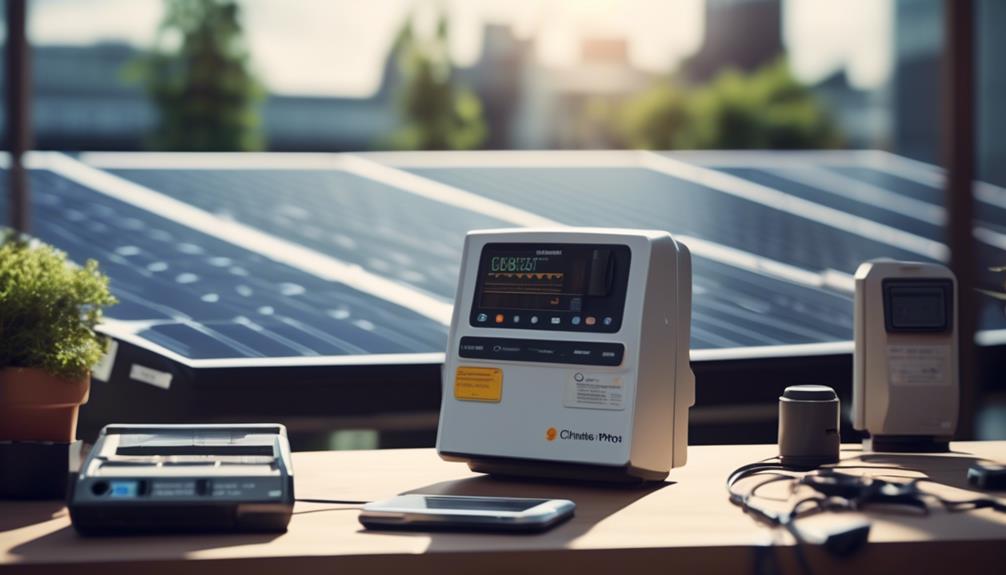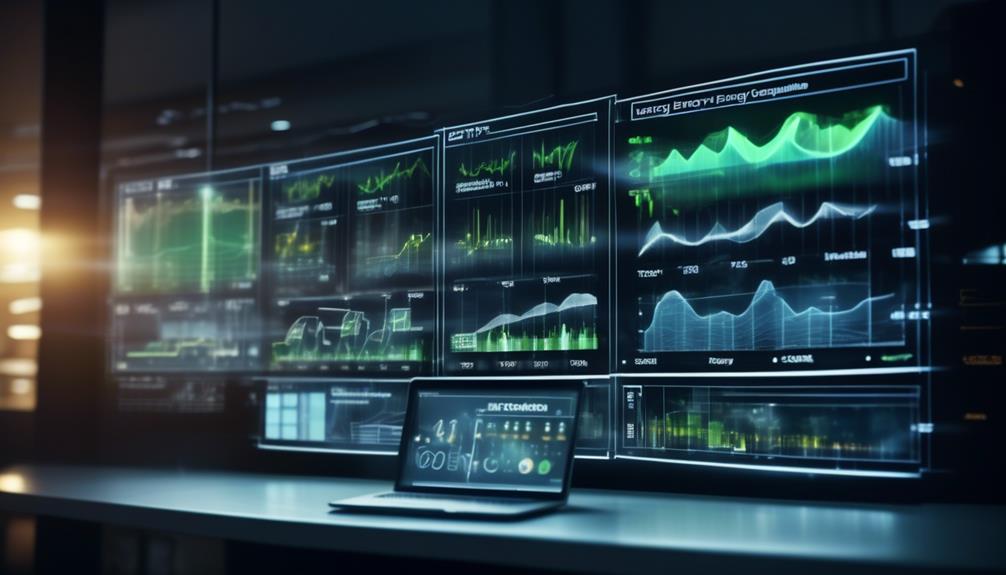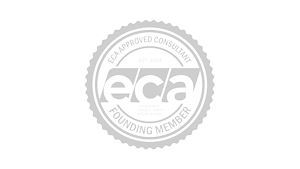In an era where the environmental impact of businesses is scrutinised more than ever, leaders are on a quest for strategies that not only minimize their ecological footprint but also trim down operating costs. The journey towards sustainable energy solutions is not just a trend but a crucial pivot towards operational excellence and competitive advantage.
Navigating the complex landscape of renewable resources, energy efficiency, and technological innovations can be daunting, yet the promise of achieving energy sustainability and substantial cost savings is a compelling motivator.
Understanding the challenges of high energy expenses and the pressure to adopt eco-friendly practices, this exploration is rooted in years of expertise in sustainable business strategies. Tailored for decision-makers aiming to forge a path to resilience and efficiency, the forthcoming insights offer a roadmap to not only confront but overcome the hurdles of energy management.
As we delve into these six transformative energy solutions, businesses are positioned to uncover actionable steps towards a more sustainable and cost-effective future. Continue reading to unlock the potential within your organisation, embarking on a journey towards not just meeting, but exceeding your sustainable energy goals.
Energy Benchmarking and Assessment
How can energy benchmarking and assessment provide valuable insights into your business’s current energy usage and performance, ultimately driving informed decision-making towards sustainable energy solutions?
Energy benchmarking and assessment play a critical role in understanding how your business consumes energy and performs in comparison to industry standards. By analysing this data, you can identify areas for improvement and make informed decisions about energy management.
This process enables the setting of clear energy reduction goals and provides a basis for tracking progress. By prioritising energy efficiency improvements and investments through benchmarking and assessment, businesses can effectively reduce their carbon footprint and operational costs.
Furthermore, the data obtained from benchmarking and assessment can help in the integration of renewable energy technology, such as solar power, into your business operations. Ultimately, energy benchmarking and assessment are essential tools for businesses looking to optimise their energy usage, reduce costs, and embrace sustainable energy solutions.
Energy Master Planning
Energy benchmarking and assessment are important tools for businesses to understand their energy usage and performance. These insights form the basis for creating a comprehensive energy master plan. Small businesses can use this data-driven approach to identify easy opportunities for energy improvement, which can lead to long-term capital savings.
Energy master planning goes beyond just energy usage and includes waste, water, and refrigerant management. It also involves strategic facility planning that optimises space utilisation. This proactive strategy considers both current energy needs and future build-out and implementation, providing value for future growth and development.
In addition to energy management, renewable energy solutions play a crucial role in energy master planning. These solutions include on-site self-generation power, heat recovery, thermal energy storage, solar photovoltaic, battery storage, electric vehicle charging, fuel storage, and microgrid solutions. By integrating these technologies, businesses can improve grid reliability, ensure resiliency, enhance efficiency, and achieve cost-effectiveness.
Embracing energy master planning and renewable energy not only drives energy efficiency but also contributes to carbon reduction. This aligns businesses with sustainable and environmentally conscious practices, making them more socially responsible.
Self-Generation Power
With the increasing need for businesses to ensure reliable power supply amidst aging infrastructure and volatile weather conditions, self-generation power has emerged as a crucial component of energy resilience strategies.
Self-generation power enhances site resiliency by providing on-site power generation capabilities. This allows businesses to reduce their reliance on the grid, improving their energy resilience.
Furthermore, current technologies for self-generation power, such as engines, turbines, and fuel cells, offer diverse options for on-site power generation, providing businesses with greater control over their energy supply.
In addition, power-related outages have increased in cost over the years, making on-site self-generation power a cost-effective solution for businesses.
By investing in self-generation power, businesses can also make significant strides in reducing their carbon footprint, as these systems often rely on renewable energy sources such as solar panels. This not only benefits the environment but also helps in managing energy costs, especially in regions with fluctuating utility rates.
The economic and environmental advantages of self-generation power make it a compelling option for businesses seeking to bolster their energy resilience and control their energy expenditure.
Heat Recovery
Amplifying overall system efficiency, heat recovery plays a pivotal role in reducing energy waste and enhancing sustainability. By capturing and reusing waste heat, businesses can significantly lower their energy consumption and improve their bottom line. On-site power generation and waste heat utilisation can drive combined efficiencies upwards of 70%, in stark contrast to the approximately 35% efficiency of utility generation systems. This renewable and reliable energy source not only lowers the carbon footprint but also reduces operating costs, making it an attractive option for industry leaders striving to be environmentally conscious.
| Benefits of Heat Recovery | |
|---|---|
| Improved Efficiency | Capturing waste heat improves overall system efficiency. |
| Cost Savings | Lower energy consumption leads to reduced operating costs. |
| Sustainability | Heat recovery reduces energy waste and lowers the carbon footprint. |
| Reliability | On-site power and waste heat utilisation provide a reliable energy source. |
Implementing heat recovery systems not only aligns with sustainable energy solutions but also demonstrates a commitment to environmental stewardship and cost-effectiveness.
Thermal Energy Storage
Thermal energy storage systems, such as hydronic, ice, or phase-change material storage, offer a compelling solution to enhance energy management and efficiency for businesses. Here are three key reasons why businesses should consider integrating thermal energy storage into their energy management strategies:
- Enhanced Energy Management:
Thermal energy storage provides businesses with the ability to store excess energy, thereby optimising the use of renewable energy sources and reducing dependence on traditional power grids. This level of control over energy usage can significantly impact operational costs and sustainability efforts.
- Climate Change Mitigation:
By utilising thermal energy storage, businesses can actively contribute to the reduction of carbon emissions. This technology enables the efficient use of energy, which is crucial in the fight against climate change.
- Financial Support and Incentives:
Many governments and organisations offer financial support and incentives for businesses that adopt sustainable energy solutions such as thermal energy storage. This support can help offset initial investment costs and make the transition to sustainable energy options more accessible for businesses.
Solar Photovoltaic
The proliferation of solar photovoltaic technology has transformed the energy landscape for businesses, offering a sustainable and cost-effective alternative to traditional electricity sources. In recent years, the solar photovoltaic industry has experienced significant growth, making solar power a viable option for many installations. When considering solar power generation for your business, it is crucial to choose the right system that suits your energy usage and provides a good return on investment. To help in the decision-making process, consider the following factors:
| Factors | Description |
|---|---|
| Cost Comparison | Solar photovoltaic is cost-comparable to purchased electricity, especially in the long term. |
| Integration Planning | Plan for future integration of solar technologies, ensuring they align with your business’s energy needs. |
| Technology Selection | Differentiate between solar photovoltaic and solar thermal to select the most suitable option for your business. |

